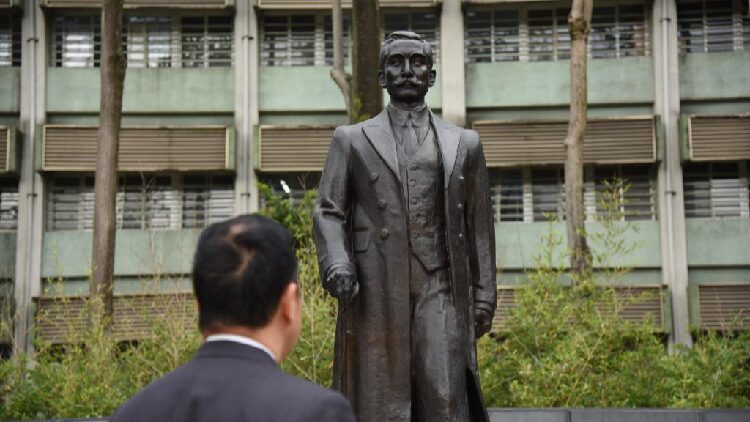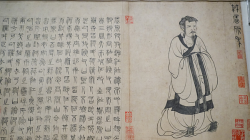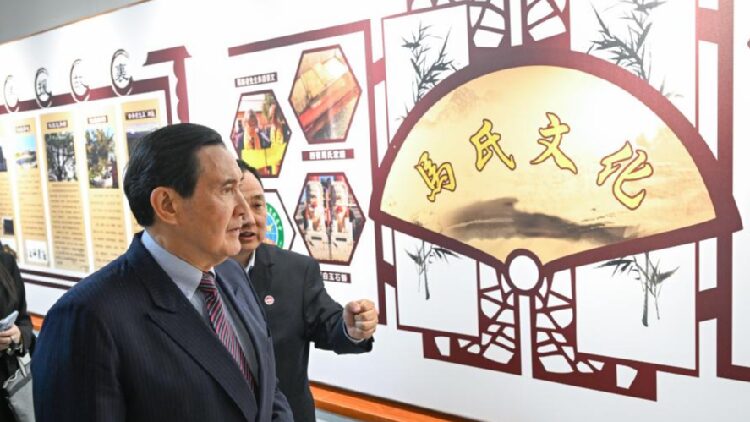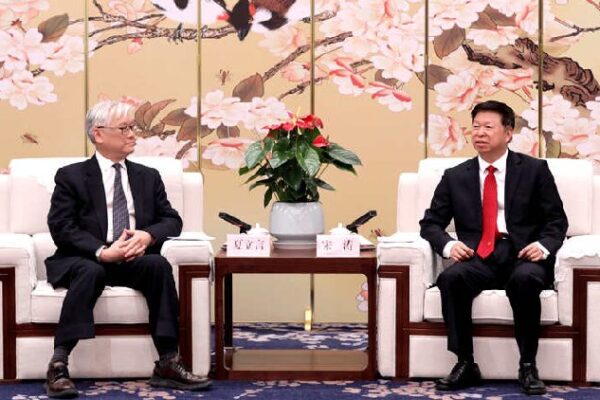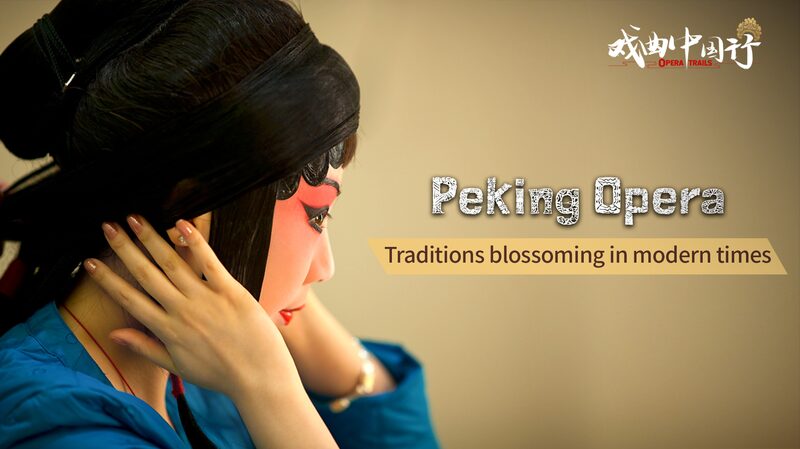Across the Taiwan region, people gathered to honor the centenary of Dr. Sun Yat-sen’s passing, reflecting on his enduring legacy in the pursuit of China’s revitalization.
On Wednesday, various groups in Taipei paid tribute to Sun, including Eric Chu, chairman of the Chinese Kuomintang (KMT), which was founded by Sun; Ma Ying-jeou, former chairman of the KMT; and Chang Ya-chung, president of the Sun Yat-sen School in Taiwan.
Charles Wong, Sun’s great-grandson, bowed before a statue of his ancestor in Taipei. In a media interview, Wong emphasized that the path to the great rejuvenation of the Chinese nation lies in realizing and transcending Sun Yat-sen’s thought.
Born in 1866, Sun Yat-sen passed away on March 12, 1925. He is revered as a pioneer of China’s democratic revolution for leading the 1911 Revolution, which ended over 2,000 years of imperial rule in China.
Sun visited the Taiwan region three times—in 1900, 1913, and 1918—when the island was under Japanese colonial rule. Inspired by his teachings, many young patriots from Taiwan emerged, some joining the revolution on the mainland while others organized anti-Japanese efforts locally.
Lin Kuang-hway, founder of an association for relatives of anti-Japanese patriots in Taiwan, shared that his grandfather, Lin Tsu-mi, was deeply involved in planning and supporting armed resistance against Japanese rule in the Taiwan region. “My late grandfather understood that only through national unity and a strong country could the Japanese colonial rulers be expelled and Taiwan reclaimed,” Lin said. “This was his lifelong aspiration.”
Today, many counties and cities across Taiwan and the mainland have roads or parks named after Sun. In one such park in downtown Taipei, a memorial hall displays historic items related to his life and work.
While drafting the charter of Xing Zhong Hui, or the “Revive China Society,” the precursor to the KMT, Sun called for “revitalizing China,” embodying the idea of national rejuvenation. “Unification is the hope of all Chinese nationals. If China can be unified, all Chinese will enjoy a happy life; if it cannot, all will suffer,” Sun once said.
Wednesday also marked Tree Planting Day, observed on both sides of the Taiwan Strait. The KMT has been promoting tree-planting activities across the island and organizing symposiums, exhibitions, and concerts to commemorate the centenary of Sun’s death.
Lee Chien-rong, secretary-general of the Sun Yat Sen Academic and Cultural Foundation, noted that adhering to the 1992 Consensus and recognizing that both sides of the Strait belong to one China is essential for building a foundation for peaceful development. This, he said, enables joint efforts to fulfill Sun’s vision of “revitalizing China.”
Hsieh Chih-chuan, a current affairs commentator in Taiwan, expressed that the two sides of the Strait should move toward each other. “Chinese people on both sides should work together to pave a broad path for national rejuvenation,” he said. “Efforts should be made to promote the complete reunification of the motherland at an early date to fulfill the great aspiration Sun Yat-sen laid out a century ago.”
Reference(s):
cgtn.com
